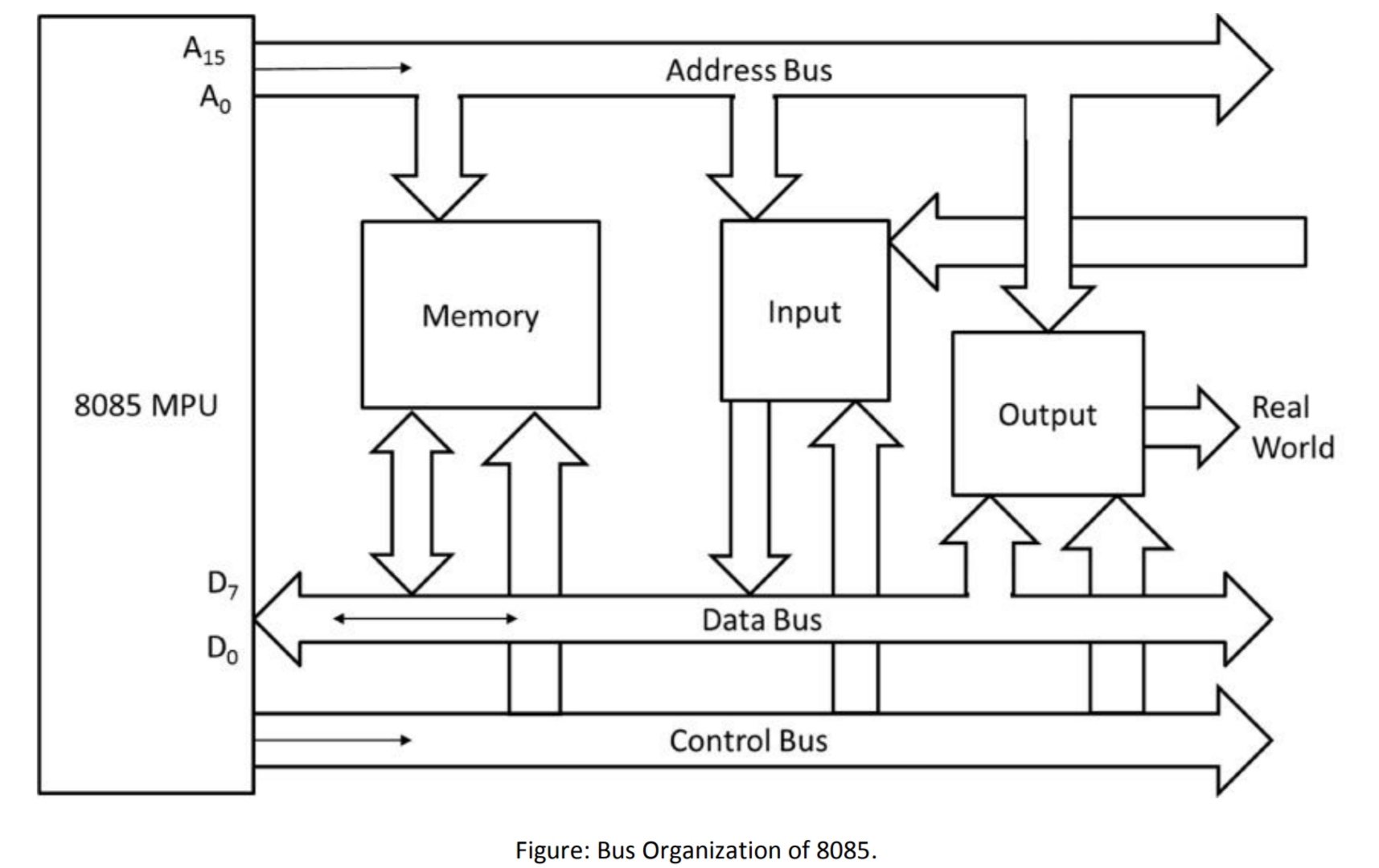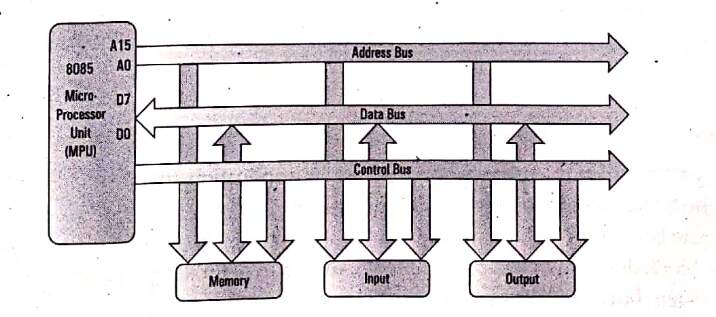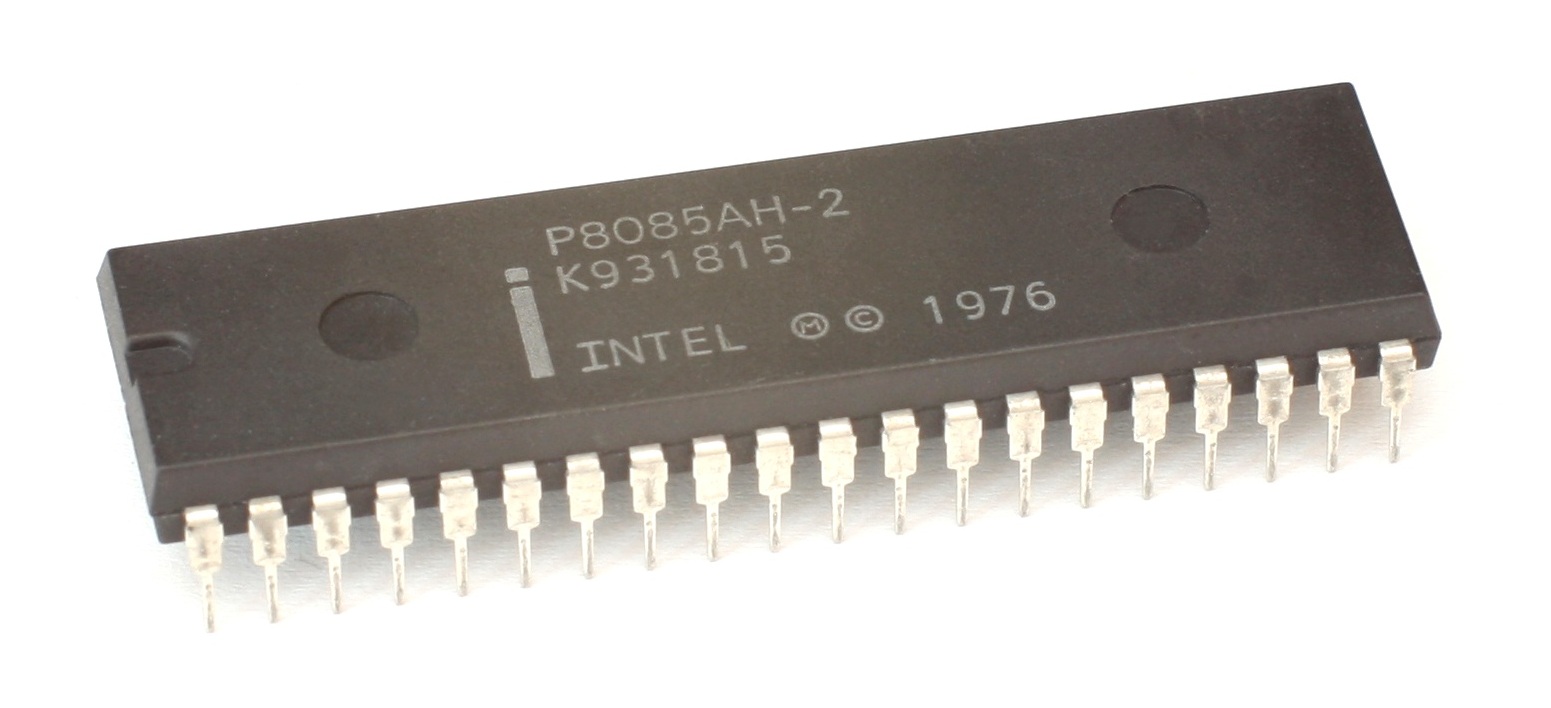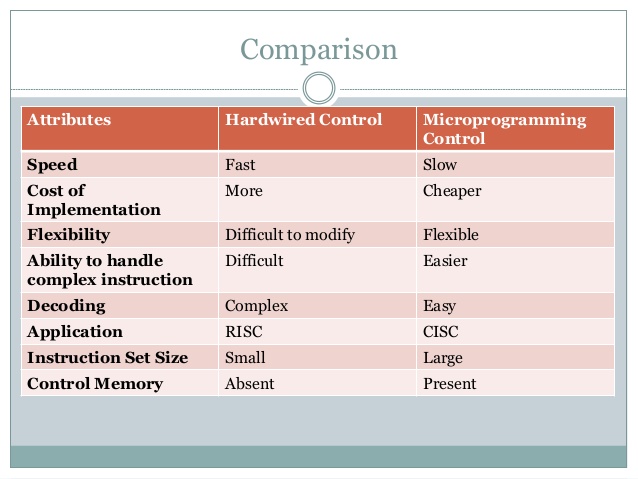
Introduction to Bus Organization of 8085 Microprocessor:
Bus is a common channel through which bits from any sources can be transferred to the destination. A typical digital computer has many registers and paths must be provided to transfer instructions from one register to another. The number of wires will be excessive if separate lines are used between each register and all other registers in the system.

A bus organization consists of about 50 to 100 separate lines each assigned a particular meaning or function. Although there are many different bus designers, on any bus, the lines can be classified into three functional groups; data, address, and control lines. In addition, there may be power distribution lines as well. The types of bus organization of 8085 microprocessor are;
- Address bus
- Data bus
- Control bus
Address bus
In bus Organization of 8085 microprocessor address bus is a group of conducting wires which carry addresses only. It is unidirectional because data flow in one direction, from the microprocessor to memory or from the microprocessor to I/O devices. the length of the address bus is 16 bit.
Data bus
It is a group of conducting wired which carry data only. It is bidirectional because of data flow in both directions from the microprocessor to memory or I/O devices to the microprocessor. the length of the data bus is 8 bit. When it is written operation, the processor will put the data (to be written) on the data bus, when it is read operation, the memory controller will get the data from specific memory block and put it into the data bus.
Control bus
It is a group of conducting wires, which is used to generate timing and control signals to control all associated peripherals, the microprocessor uses control bus to process data. Some of the control signals are:
- Memory read
- Memory write
- I/O read
- I/O write
- Opcode fetch
If one line of control bus may be the read/write line. If the wire is low (no electricity flowing) then the memory is read, if the wire is high (electricity is flowing) then the memory is written.
Don’t Miss: BSc.CSIT Second Semester Syllabus





